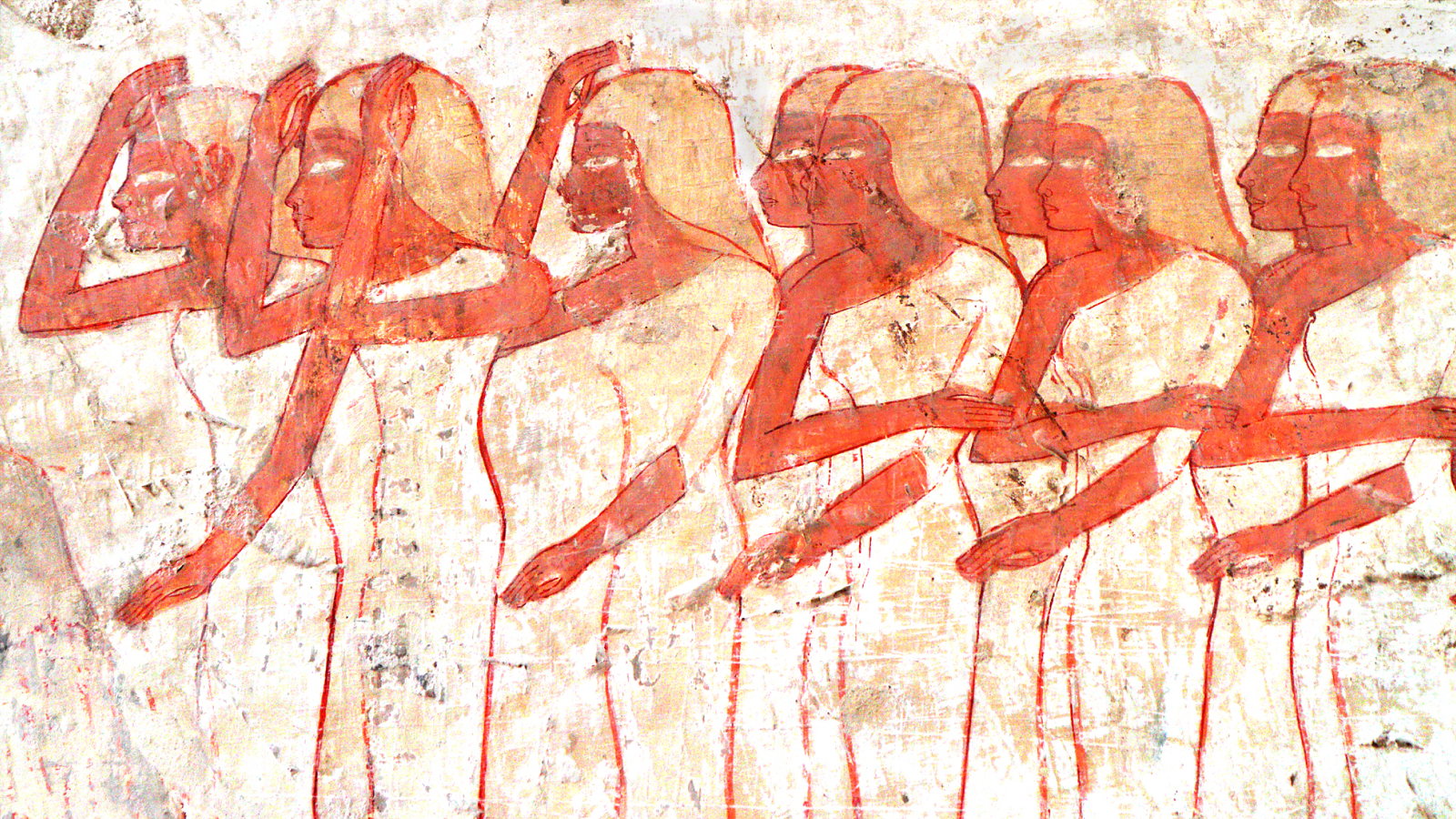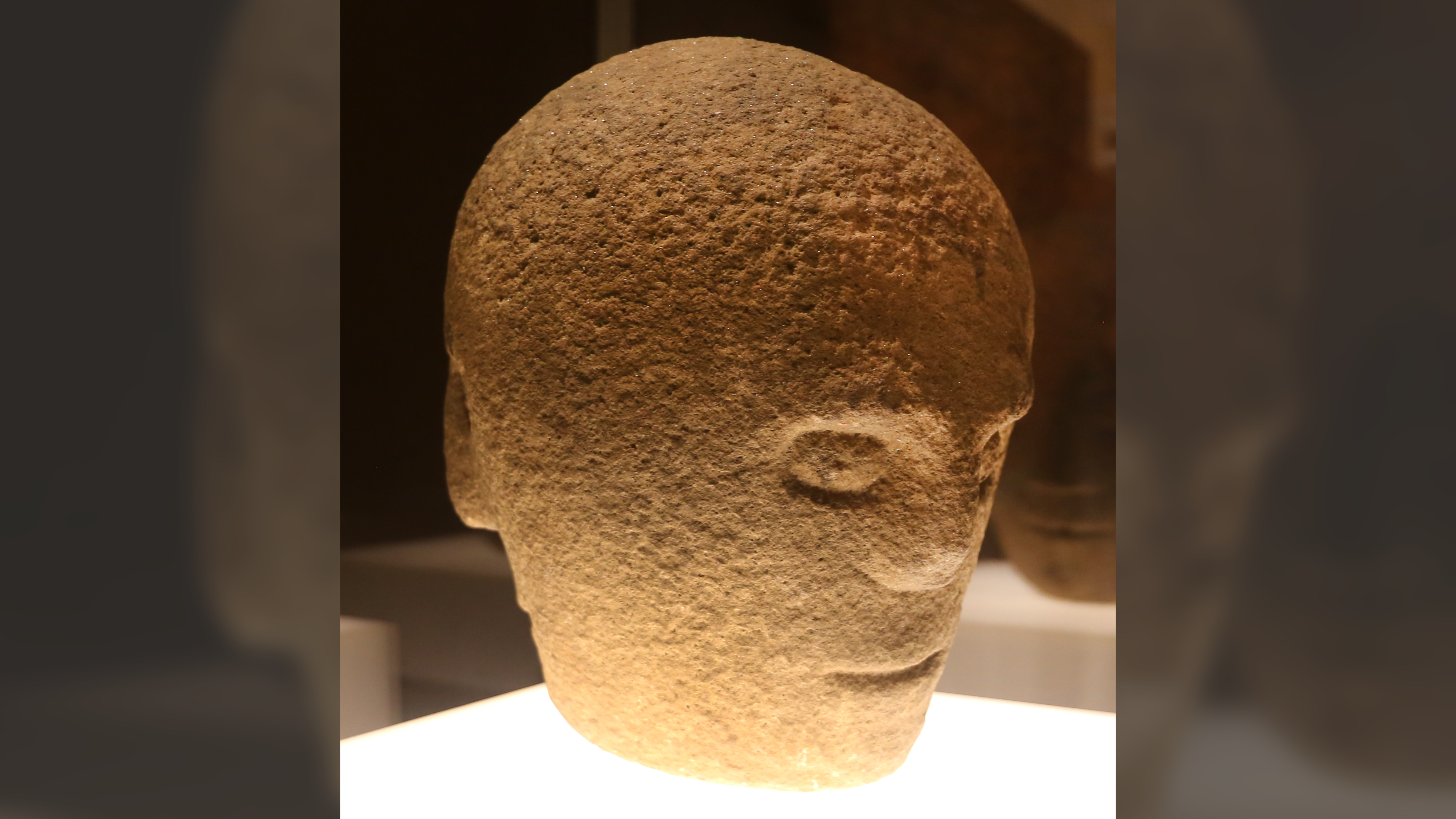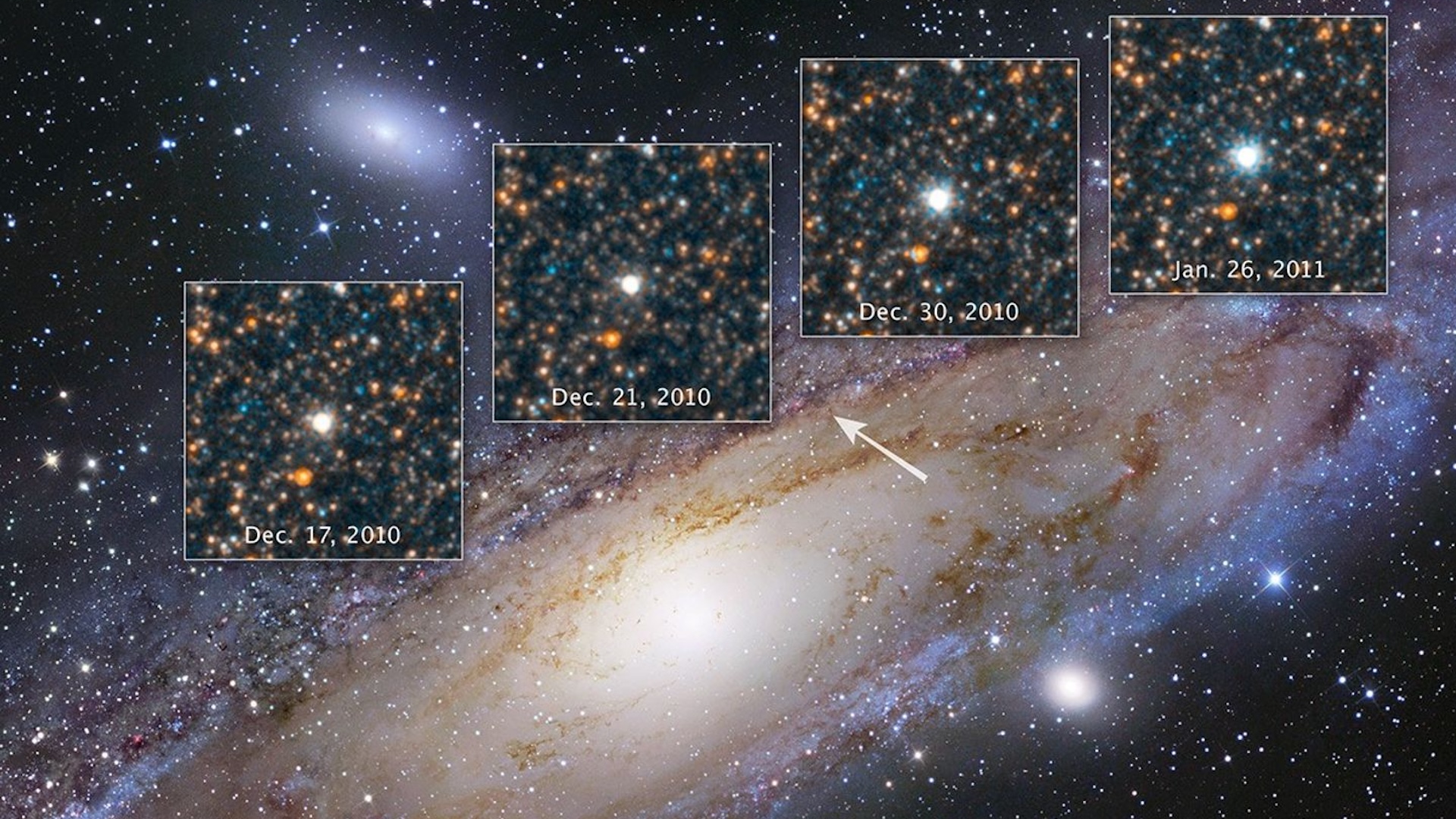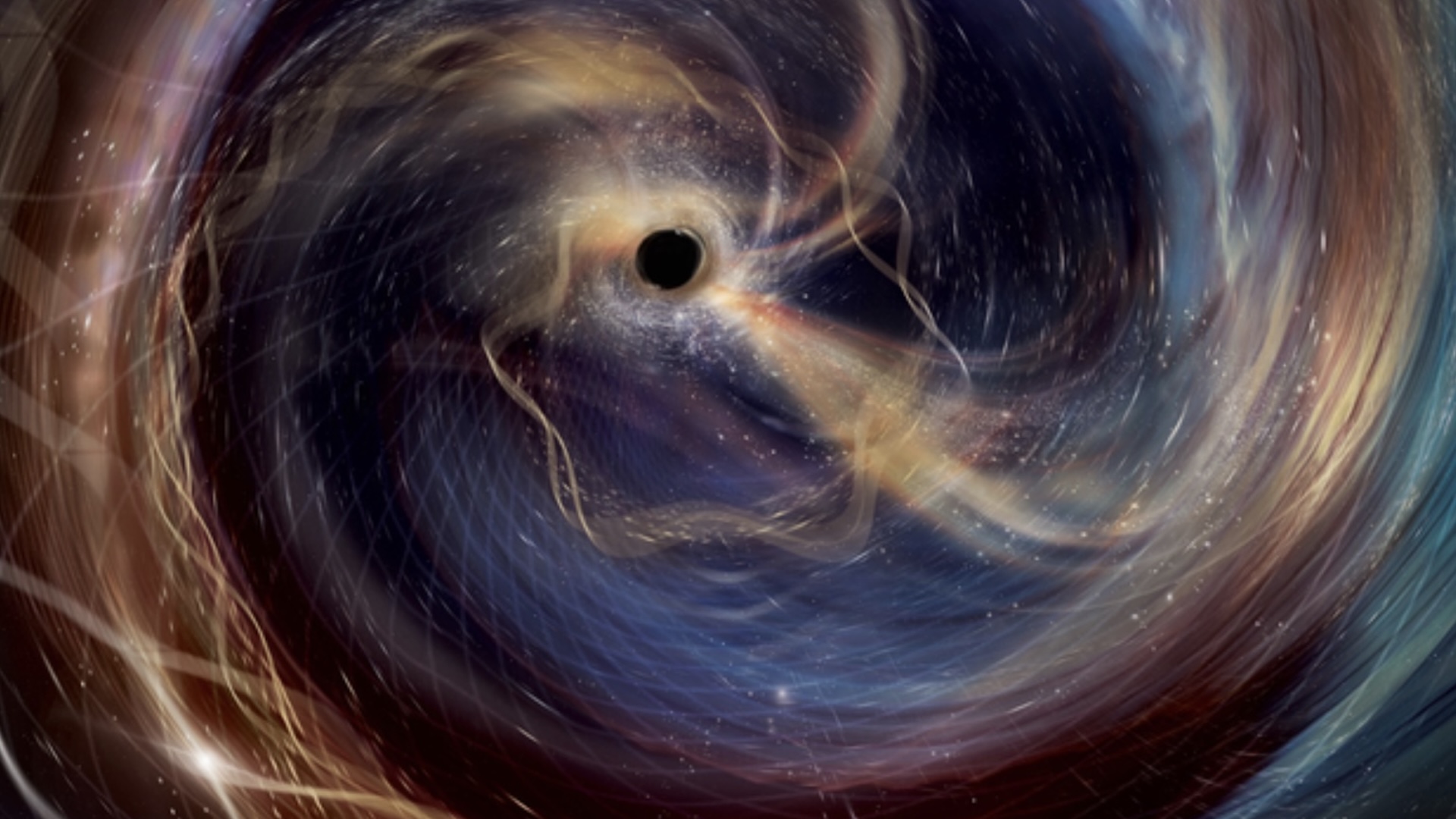Features
Latest Features

Extreme weather caused more than $100 billion in damage by June — smashing US records
By James Price published
After damaging wildfires in LA, tornadoes and series of floods, the first six months of this year smashed multiple extreme weather records in the U.S., data show — and experts say this trend is likely to continue.

Coral Triangle: The giant hidden 'Amazon' beneath the sea that appears somewhat resilient to climate change
By Sascha Pare published
The Coral Triangle is an extremely biodiverse patch of ocean around the Philippines and Papua New Guinea. Its relatively murky waters appear to shield it against climate change — for now.

Science history: First two-way phone call across outdoor lines made by Alexander Graham Bell — Oct. 9, 1876
By Tia Ghose published
Science history On Oct. 9, 1876, Alexander Graham Bell made a telephone call to his assistant a few miles away — the first demonstration of what would ultimately become a global telephone network.

Diagnostic dilemma: A brain lesion gave a woman a lifetime of joyless laughing fits
By Mindy Weisberger published
A woman had experienced sudden bursts of uncontrolled laughter her whole life. A brain scan revealed why.

'The papyrus also recommends putting a clove of garlic in your vagina before bed': The texts that reveal the baffling healthcare for women in ancient Egypt
By Lucy Inglis published
In this excerpt from "Born: A History of Childbirth," author and historian Lucy Inglis reveals records from ancient Egypt that show how female physicians treated issues of "the womb," how men reacted to periods, and how the first known pregnancy test actually worked.

'The Big One' could be even worse than COVID-19. Here's what epidemiologist Michael Osterholm says we can learn from past pandemics.
By Dr. Michael Osterholm, Mark Olshaker published
The new book "The Big One" describes lessons learned from past pandemics and how they might be applied to mitigate the dangers of future outbreaks.

The whale-shaped island in Belize with a 'great blue blowhole'
By Harry Baker published
Earth from space This 2020 astronaut photo shows the unusual cetacean-like shape of Belize's Lighthouse Reef. It's home to the famous Great Blue Hole, which doubles as the island's "blowhole" when viewed from space.

Corleck Head: A spooky three-faced Celtic sculpture found on the 'Hill of Death' in Ireland — and it may have been connected to human sacrifice 1,900 years ago
By Kristina Killgrove published
The meaning of the three-faced Corleck Head has puzzled experts for centuries.

What's the longest someone has been clinically dead — but then come back to life?
By Marilyn Perkins published
When someone's heart stops beating, their brain cells start dying within minutes. But sometimes, they can still come back from the dead.

Science history: Edwin Hubble uncovers the vastness of the universe with discovery of 'standard candle' — Oct. 5, 1923
By Tia Ghose published
Science history On the night of Oct. 5, 1923, Edwin Hubble observed a strange star that flickered in intensity at regular intervals. The star, dubbed M31-V1, was key to showing that the universe extended far beyond the borders of the Milky Way.
Get the world’s most fascinating discoveries delivered straight to your inbox.
